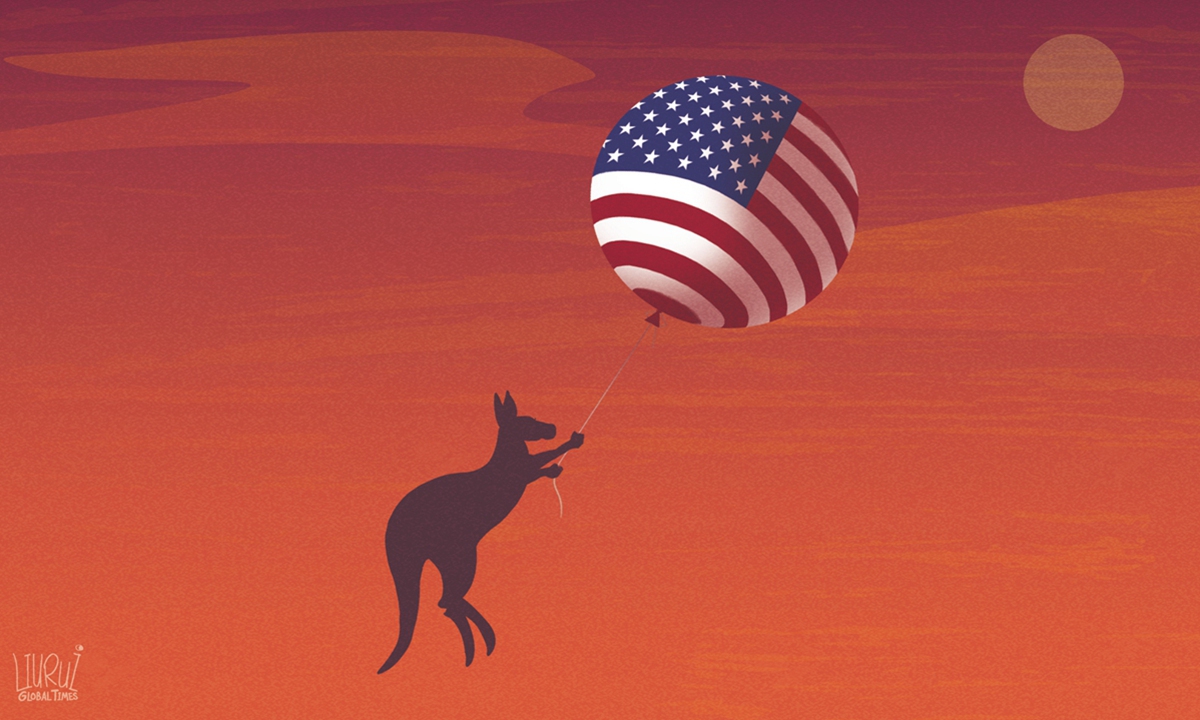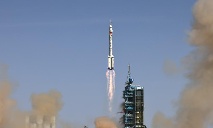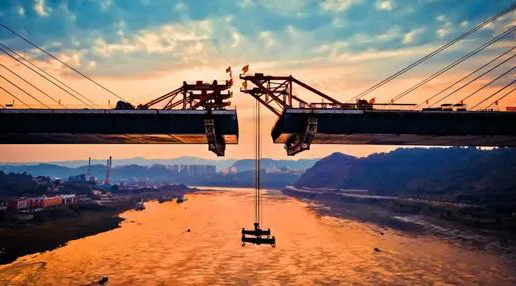Hyping PLA’s ‘dangerous intercept,’ who is Australia performing to again?

Illustration: Liu Rui/GT
Australian Department of Defense made a statement on Sunday, saying that "on 26 May 2022, an RAAF [Royal Australian Air Force] P-8 maritime surveillance aircraft was intercepted by a Chinese J-16 fighter aircraft during a routine maritime surveillance activity in international airspace in the South China Sea region." It continues that "The intercept [by the Chinese fighter aircraft] resulted in a dangerous maneuver which posed a safety threat to the P-8 aircraft and its crew." Australian Deputy Prime Minister and the Minister of Defense Richard Marles said the Chinese aircraft flew very close in front of the Australian jet and released a "bundle of chaff" containing small pieces of aluminum that were ingested into the Australian aircraft's engine. He noted, "Quite obviously this is very dangerous."
Obviously, some pivotal details have been deliberately concealed by Australia. For example, where exactly in the South China Sea is the area in which the incident occurred? How far is it from the Chinese islands and reefs in the region? What is their purpose here? Furthermore, what did the Australian military aircraft do before the intercept? How far was the Australian jet from the Chinese aircraft at that time? Why didn't Australia take the initiative to announce it? The Australian military has repeatedly groundlessly accused the Chinese People's Liberation Army (PLA) of conducting "unsafe and unprofessional" operations, but why does it always come as loud and urgent but with little evidence?
Of course, they will not say these crucial details, nor can they. This is reminiscent of the Australian military's accusation in February that a Chinese navy vessel fired a laser at one of its aircraft which was in flight over Australia's northern approaches, putting the crew in danger. In response, the Chinese Ministry of National Defense directly released evidence showing the Australian aircraft was very close to the Chinese vessels, and cited photos showing the malicious provocation of the Australian jet dropping sonobuoys. After that, Australia immediately fell silent. It has to be said that the Australian military has obviously become a "professional for blackmail" habitually.
This time, Marles also pretended to be "the weak" and said in front of a reporter's microphone that Australia will not be deterred by China's intimidation. This is obviously a tone favored by American and Western journalists, and Australian politicians are well versed in it and pick what they want to hear.
However, data has shown that from February 24 to March 11, Australian military aircraft have visited the East China Sea north of the island of Taiwan six times this year to conduct close-in reconnaissance activities. Australian politicians also frequently talk wildly on the Taiwan question, and former defense minister Peter Dutton even once clamored to follow the US to "send troops to the Taiwan Straits." With all this considered, it is difficult to imagine Canberra as the one that is "being coerced." It seems more like a little bully in the region that always coerces others.
Australia used to be relatively restrained in the South China Sea disputes, which shows that it was well aware of the issue's sensitivity. But in the past few years, the former Morrison administration became increasingly close to Washington. In many areas, it has provoked China on Washington's behalf, and the most aggressive provocations occur in the military field. Canberra wants to become Washington's "right-hand man" and regards itself as the "deputy sheriff" of the Asia-Pacific region. And even if Australia has limited capabilities, it is still nice for it to pretend to be an "auxiliary police officer." In the end, in addition to putting on a show for conservative forces at home, Canberra's provocations against China with all efforts look more like a "performance report" to Washington.
Canberra's approach is inappropriate and unwise as China has never posed a threat to Australia. As Canberra's largest trading partner for more than ten years, Beijing helped Australia successfully survive the global financial crisis. Judging from the two recent incidents involving the ship and the aircraft, we need to remind Canberra that Sinophobia does Australia more harm than good. It has been proven time and again that the more "conscientiously" Canberra acts in front of Washington, the more easily the former will become a stepping stone.
Since the Albanese administration took office, many voices in Australia have been looking forward to improving trade relations with China. Recently, several Australian scholars wrote an open letter to call for less "public aggression" and more "international engagement" when the new administration deals with China. We also believe that there is no "auto-pilot" mode for improving China-Australia relations. Instead, the key is that Canberra needs to take actual actions. At least one thing is clear: No one can act as Washington's "goon" while making a fortune from China. It just doesn't work that way.
Photos
Related Stories
- PLA aircraft deal with Canadian, Australian provocative close-in recon in East and South China Seas
- PLA holds three combat drills around Taiwan in one month amid US-Taiwan military collusion
- US senator’s trip to Taiwan ‘very dangerous’; PLA sent warplanes
- PLA sends 30 warplanes near Taiwan island amid US senator visit, carrier drills
- China's J-16 fighter jets deployed in latest joint strategic patrol with Russia
Copyright © 2022 People's Daily Online. All Rights Reserved.









